What Trudeau has promised, has done—and still must do
From refugees to climate change, explore our briefings on the big challenges and questions facing the Prime Minister
Share
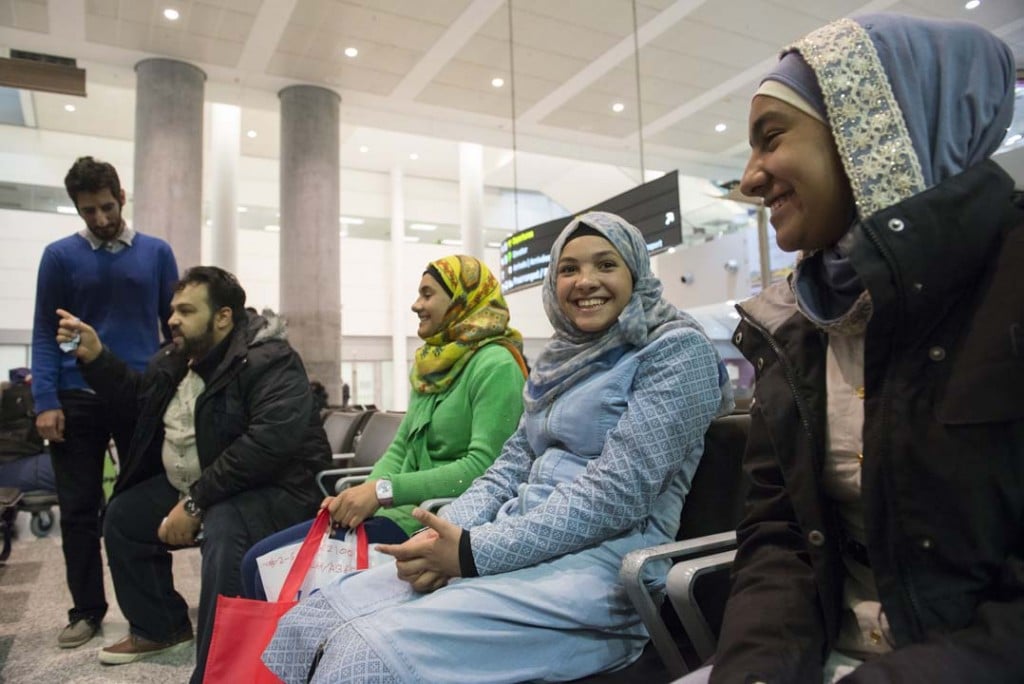
In the wake of Justin Trudeau’s open town hall, hosted by Maclean’s, we look at what the Prime Minister promised on the campaign trail, compare it to the action we’ve seen so far, and look ahead at what he still has to do on some of the major issues on the national agenda.
1. Syrian refugees
The Liberal platform promise: “[We] will expand Canada’s intake of refugees from Syria by 25,000 through immediate government sponsorship. We will also work with private sponsors to accept even more. To do this, we will invest $250 million, including $100 million this fiscal year, to increase refugee processing, as well as sponsorship and settlement services capacity in Canada.”
But since the Oct. 19 election…: Many independent experts on refugee resettlement questioned the feasibility of the Liberal promise. On Nov. 24, the new government made concessions to reality. Immigration, Refugees and Citizenship Minister John McCallum announced that, instead of 25,000 Syrian refugees arriving by Dec. 31, the government’s target for this year would be 10,000. Rather than all of them being government-sponsored, an estimated 8,000 of those earliest arrivals will be privately sponsored. The remaining 15,000, required to reach the main Liberal goal, will be brought to Canada from refugee camps in Lebanon, Jordan and Syria by the end of February. Even those dramatically altered goals look extremely difficult to achieve.
The Trudeau effect: On Dec. 10, Trudeau was on hand at Toronto’s Lester B. Pearson International Airport to welcome the first Canadian military planeload of Syrian refugees, 163 in all, many of them members of Syria’s Christian Armenian minority, to Canada. Video of the youthful Prime Minister helping the newcomers put on winter coats drew wide international attention and praise.
The challenge: Can the government hit its target of bringing 10,000 Syrian refugees to Canada by the end of this year? So far, only a few hundred have arrived, despite urgent political and public-service attention to the file.
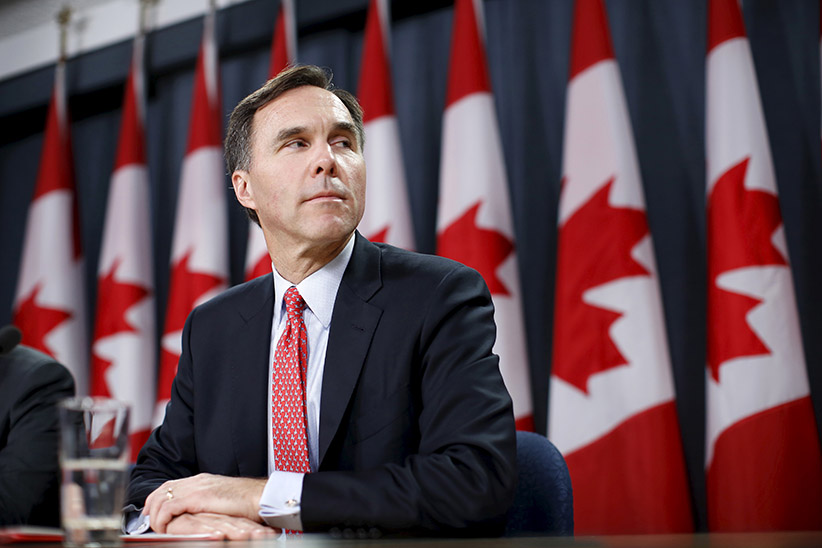
2. Federal deficit
The Liberal platform promise: “With the Liberal plan, the federal government will have a modest short-term deficit of less than $10 billion in each of the next two fiscal years–less than half the average Harper deficit of over $20 billion per year. After the next two fiscal years, the deficit will decline and our investment plan will return Canada to a balanced budget in 2019-20.”
But since the Oct. 19 election…: First, Treasury Board president Scott Brison said the government’s books are in worse shape than the Liberals had expected, since the Conservatives had—surprise!—left “a bare cupboard.” Then Finance Minister Bill Morneau admitted that the Liberal promise of a middle-income tax cut and a high-income tax hike, which were supposed to balance each other out, would, in fact, cost Ottawa $1.2 billion a year starting in the 2016-17 fiscal year. Then the outlook for Canadian economic growth was scaled back and the price of oil dropped again. The upshot: Morneau is now hedging on whether the deficit can be held to under $10 billion, although he still insists the books can be balanced again by 2019-20.
The Trudeau effect: This isn’t a file on which he has found a way to work his magic. Asked about the deficit in one of his first question periods as Prime Minister, Trudeau boasted that his party has “always been open and transparent on this topic and we will continue to be,” and went on to say that in the 2016 budget “we will update all of our expectations, since our reality has gotten considerably worse since the Conservative party’s last budget.”
The challenge: Can the new government post deficits above the now-doubtful $10-billion ceiling and still somehow wrench the federal books back into surplus by 2019-20? Will tax cuts and the promised infrastructure spending make enough of an impact for Canadians to feel all the red ink is worth it?
3. Bombing ISIS
The Liberal platform promise: “We will end Canada’s combat mission in Iraq. We will refocus Canada’s military contribution in the region on the training of local forces, while providing more humanitarian support and immediately welcoming 25,000 more refugees from Syria.”
But since the Oct. 19 election…: The terrorist attack in Paris on Nov. 13 led to French President Francois Hollande calling for “a union of all who can fight this terrorist army in a single coalition,” and U.S. President Barack Obama vowing to “redouble our efforts” to eliminate the so-called Islamic State. Trudeau stuck with his promise to pull Canada’s CF-18 fighter jets out of the U.S.-led bombing campaign, but his government appeared to be leaving open the possibility of leaving support aircraft in the fight. It seemed an odd compromise: Why would supporting the bombing be justified but actually flying combat missions be unsuitable for Canada? As well, no details of the promised expansion of Canada’s training—beyond the current small contingent of special forces helping Kurdish fighters in northern Iraq—have so far been released.
The Trudeau effect: Few would have blamed the French if they had criticized Trudeau’s decision, after the Paris horror, to stick with his campaign pledge to pull the CF-18s out of the fighting. But the French government took pains to avoid any hint of friction with a Liberal new guard it finds congenial on other files, notably climate change.
The challenge: Will Defence Minister Harjit Sajjan leave those refuelling and surveillance aircraft in Kuwait, when the CF-18s are finally withdrawn, to continue supporting coalition bombing? Will Trudeau be able to find a training mission big enough to justify his claim that, even having pulled out its fighter jets, Canada will still be doing “more than its part in the war against ISIS”?
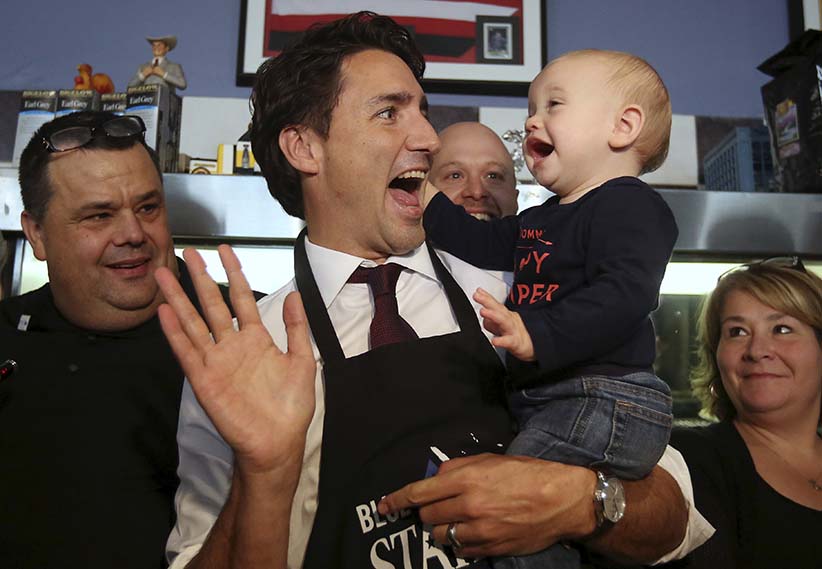
4. Child care and taxpayer-funded nannies
The Liberal campaign promise: The Liberals promised to get rid of the Conservatives’ signature Universal Child Care Benefit, partly on the grounds that well-off parents don’t need the help. “Those UCCB cheques that went out this summer,” Trudeau told Chatelaine, “went out to every family in the country with children under the age of 18. My family qualified for about $3,000, even though we’re doing very well and didn’t need it.”
But after the Oct. 19 election…: Soon after Trudeau was sworn in as Prime Minister, news broke that two nannies had been hired to help he and his wife, Sophie Grégoire-Trudeau, take care of their three young kids. “Given the nature of the Prime Minister’s responsibilities and his young family,” the Prime Minister’s Office explained, “the Trudeaus employ two household employees who, in addition to performing other duties around the house, act as secondary caregivers to the three children.” The PMO further said that household staff would be reorganized, so the total budget would not be larger than it had been when Stephen Harper was prime minister.
The Trudeau effect: Despite some tough opposition and media questions on the taxpayer-funded nannies, Trudeau’s photogenic children— Xavier, Ella-Grace and Hadrien—are a clear political asset. On election night, in his victory speech, he said: “My dear kids, we are entering into a new adventure together. And I can tell you now, there will be some tough times for you as children of a prime minister, but daddy will be there for you.”
The challenge: Will the ambitious Liberal policy on child care ultimately wash away any bad aftertaste of Trudeau’s decision to hire nannies on the taxpayer dime? The big policy offering is a new Canada Child Benefit, which the government promises will replace a confusing raft of existing benefits, and streamline them into one payment that promises more money to all families with kids whose incomes fall below $150,000. For a two-parent family, with two children, making $90,000, the tax-free monthly CCB cheques are supposed to amount to $5,875 a year, or $2,500 more, the Liberals say, than the same household gets under the parcel of benefits introduced or modified by Harper’s Conservatives.
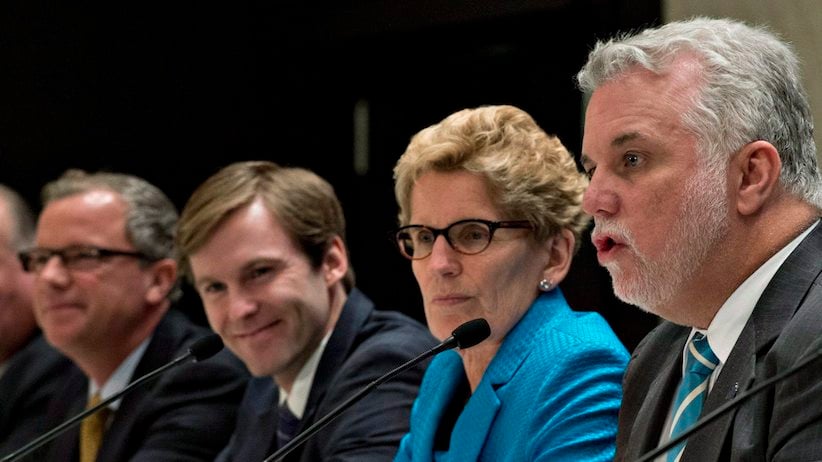
5. Climate change and the provinces
The Liberal platform promise: “We will end the cycle of federal parties—of all stripes—setting arbitrary targets … We will instead partner with provincial and territorial leaders to develop real climate change solutions, consistent with our international obligations to protect the planet, all while growing our economy.”
But since the Oct. 19 election…: The UN’s Paris climate change conference called on 195 nations, Canada of course among them, to try to cut greenhouse gas emissions enough to prevent average globe temperatures from rising more than 1.5 degrees C above pre-industrial levels. That’s almost impossible, since temperatures have already climbed nearly 1 degree C. And the Paris goals are voluntary and unenforceable. Will other oil producing countries do enough for Canada to go along? That’s key, especially for Alberta, where Premier Rachel Notley recently unveiled important new emissions-reduction policies, but an expert panel she relied on asserted that Alberta could be no more stringent on emissions unless competing countries do the same.
The Trudeau effect: The Prime Minister posed, smiling and waving, beside Bill Gates, and one over from Barack Obama, at the Paris conference. Catherine McKenna, his environment minister, was asked by the French hosts to help lead informal discussions at the conference, giving Canada added bragging rights on the outcome.
The challenge: Trudeau has said he’ll meet with the premiers within three months to hammer out a “national framework” on emissions reductions. The Liberals promise measures such as funding for green technology and new energy efficiency standards. But will Trudeau be able to set national emissions limits without sparking outrage from provinces that already have their own climate change policies?
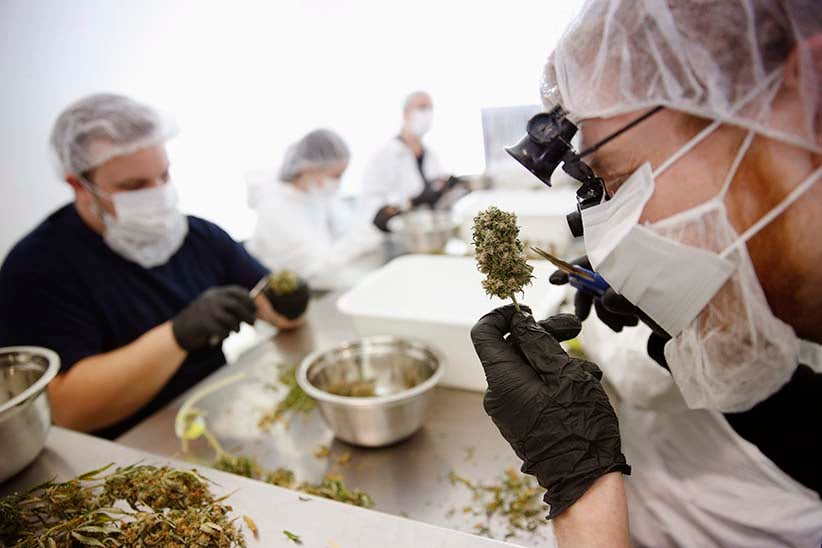
6. Marijuana
The Liberal platform promise: “To ensure that we keep marijuana out of the hands of children, and the profits out of the hands of criminals, we will legalize, regulate, and restrict access to marijuana. We will remove marijuana consumption and incidental possession from the Criminal Code, and create new, stronger laws to punish more severely those who provide it to minors, those who operate a motor vehicle while under its influence, and those who sell it outside of the new regulatory framework.”
But since the Oct. 19 election…: Trudeau proposes to eventually set up a task force with the provinces to figure out how to implement his promise to legalize and regulate pot. Ontario Premier Kathleen Wynne, a close Trudeau ally, seemed to jump the gun on that process by suggesting that the Liquor Control Board of Ontario would be the logical “distribution network” in her province. Meanwhile, officials in Colorado, one of four American states that have legalized marijuana, warn of unforeseen difficulties dealing with a rise in stoned driving and regulating sales of edible cannabis—notes of caution reinforced by a recent report from the federally funded Canadian Centre on Substance Abuse.
The Trudeau effect: In 2013, Trudeau said he “took a puff” on a joint being passed around at a dinner party at his Montreal home after he was elected an MP in 2008. It seemed a dangerous admission for a would-be prime minister, but it hasn’t come back to haunt him. When Trudeau happened to call NDP promises “puffs of smoke” in the one of the campaign leaders’ debates, New Democrat Leader Tom Mulcair shot back, “You know a lot about that don’t you, Justin.” The quip fell flat. So far, Trudeau’s marijuana stance hasn’t been a liability.
The challenge: As with climate change policy, Trudeau needs the premiers on-side. But even alcohol sales policies vary widely from province to province: Can Trudeau somehow forge a national consensus on the more sensitive matter of regulating marijuana sales? How will the uneven U.S. state-level experiences factor into Canada’s approach?
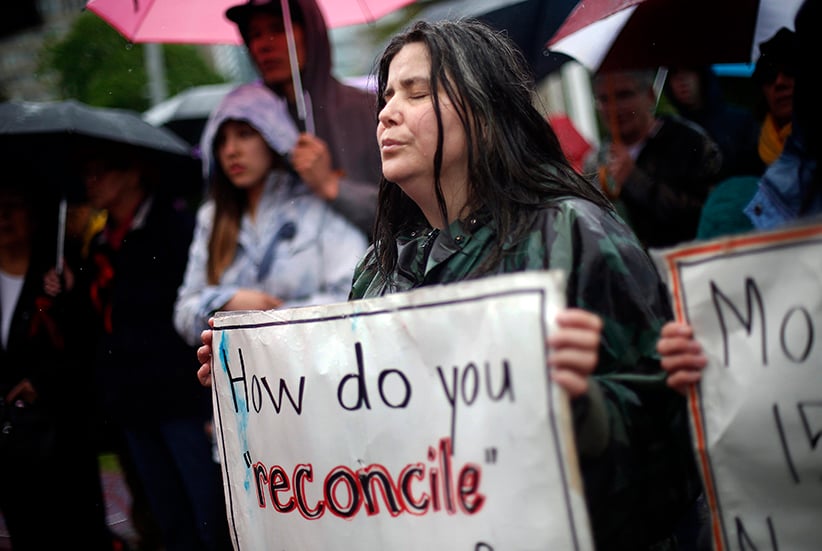
7. Indigenous people
The Liberal platform promises: In separate sections, the party vowed to “work with First Nations, Métis and Inuit Peoples to enact the recommendations of the Truth and Reconciliation Commission,” and, to boost on-reserve education, to make a “$2.6-billion new investment in helping First Nations students learn and succeed.”
But since the Oct. 19 election…: Many have noted that the TRC commission’s 94 calls to action include recommendations that will be difficult, or impossible, for the Trudeau government to implement on its own. For example, calls for changes to provincial child-welfare policies and practices, for law students to be required to study First Nations treaties and history, and for the Pope to apologize to residential schools survivors. Actions inside Ottawa’s jurisdiction often require a lot of money, from a government already facing larger-than-expected deficits. It calls for a massive push to promote and preserve Aboriginal languages, while at the same time dramatically boosting overall educational outcomes.
The Trudeau effect: Attending the final release of the TRC report, Trudeau repeatedly teared up. He got a standing ovation when he rose to give his speech, and twice more brought the crowd to its feet as he spoke, once for sweepingly promising a new relationship, and again for announcing the long-demanded inquiry into missing and murdered Indigenous women.
The challenges: Memories of past false dawns, like the 1996 Report of the Royal Commission on Aboriginal Peoples, make those who have watched the First Nations files over the years cautious, if not jaded. Can Trudeau push beyond stirring words to actual, measurable progress in the lives of Indigenous Canadians? First Nations are disparate and their leaders fractious. Making policy that wins consensus among them is notoriously difficult.
